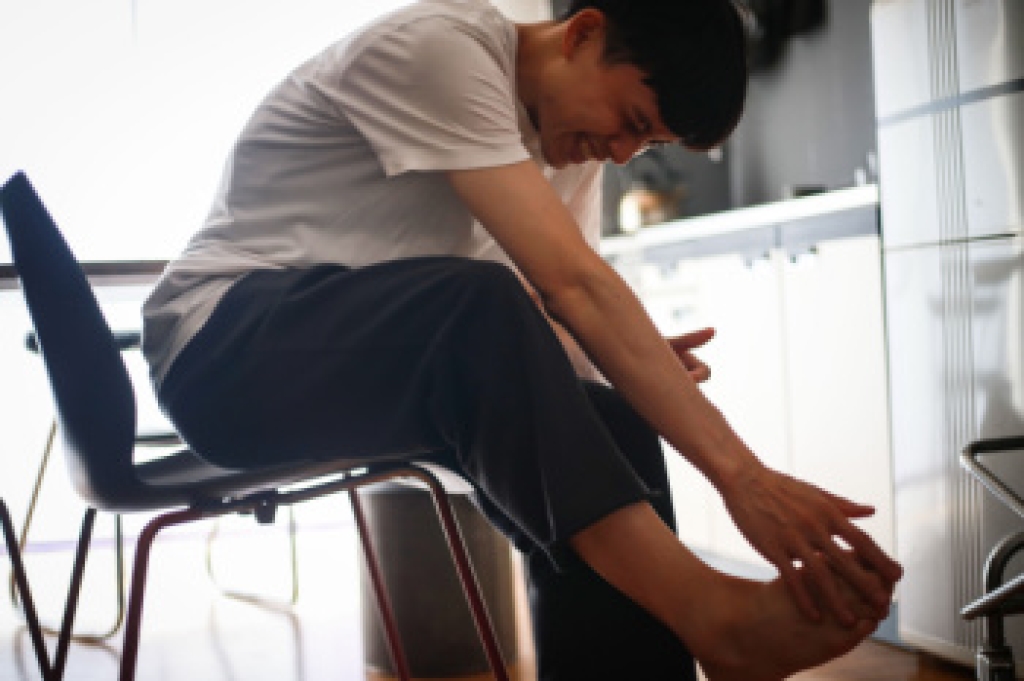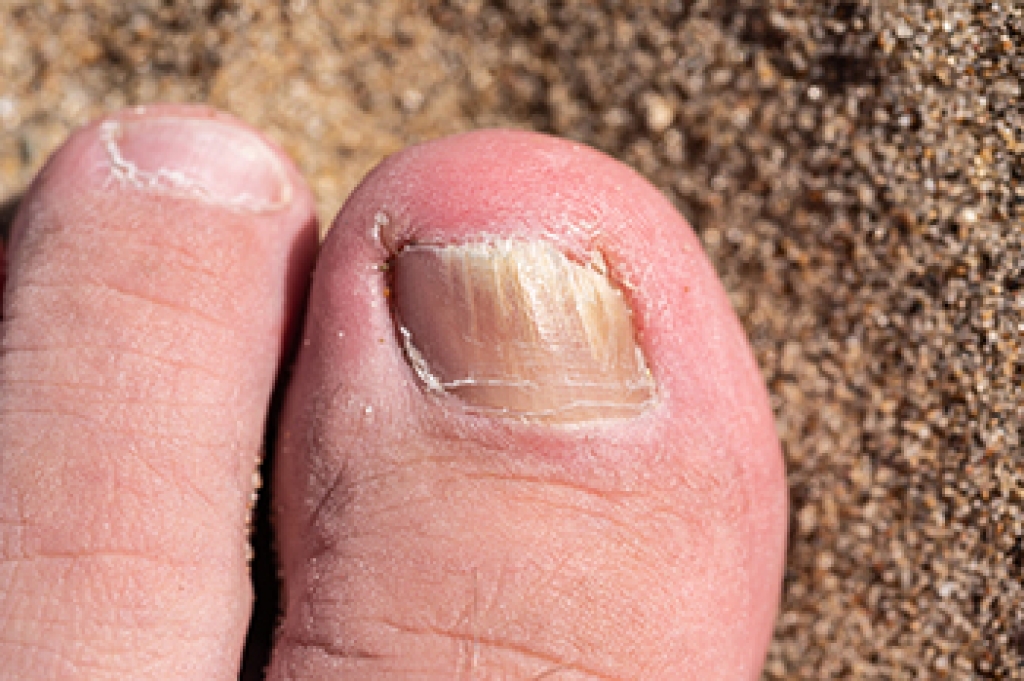
The bones of the foot play a critical role in running by acting as a spring that stores and releases energy with each step. As the foot strikes the ground, the arches compress to absorb shock and dissipate energy, protecting the joints and soft tissues from excessive stress. During push off, the bones and ligaments work together to release stored energy, propelling the body forward efficiently. Research shows that the foot contributes a significant proportion of the total energy return during running, highlighting its importance in performance and injury prevention. A podiatrist can help by analyzing gait, prescribing orthotics, and providing strategies to optimize foot function. If you have foot pain from running, it is suggested that you consult a podiatrist who can treat various foot conditions, and guide you on practical running form strategies.
If you have any concerns about your feet, contact the foot specialists from Academy Foot and Ankle Specialists. Our doctors can provide the care you need to keep you pain-free and on your feet.
Biomechanics in Podiatry
Podiatric biomechanics is a particular sector of specialty podiatry with licensed practitioners who are trained to diagnose and treat conditions affecting the foot, ankle and lower leg. Biomechanics deals with the forces that act against the body, causing an interference with the biological structures. It focuses on the movement of the ankle, the foot and the forces that interact with them.
A History of Biomechanics
- Biomechanics dates back to the BC era in Egypt where evidence of professional foot care has been recorded.
- In 1974, biomechanics gained a higher profile from the studies of Merton Root, who claimed that by changing or controlling the forces between the ankle and the foot, corrections or conditions could be implemented to gain strength and coordination in the area.
Modern technological improvements are based on past theories and therapeutic processes that provide a better understanding of podiatric concepts for biomechanics. Computers can provide accurate information about the forces and patterns of the feet and lower legs.
Understanding biomechanics of the feet can help improve and eliminate pain, stopping further stress to the foot.
If you have any questions please feel free to contact our offices located in Southlake, Keller (Fort Worth), Hurst, North Richland Hills, Flower Mound, Argyle, and Denton, TX. . We offer the newest diagnostic and treatment technologies for all your foot and ankle needs.




